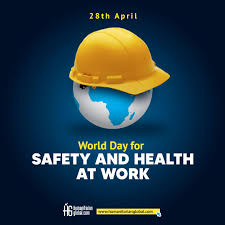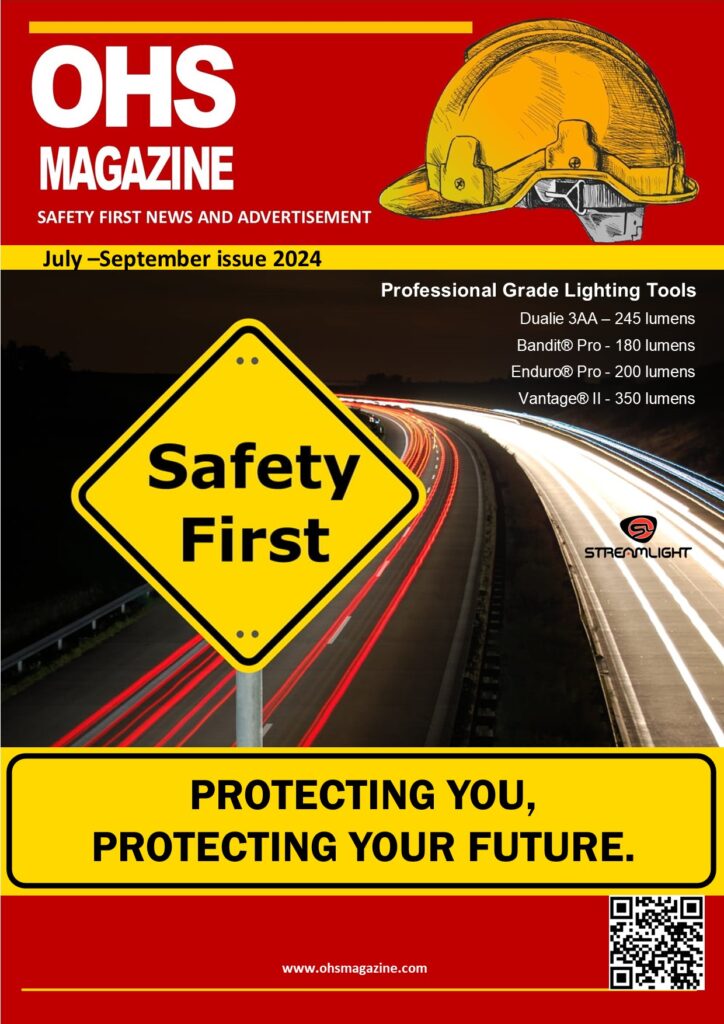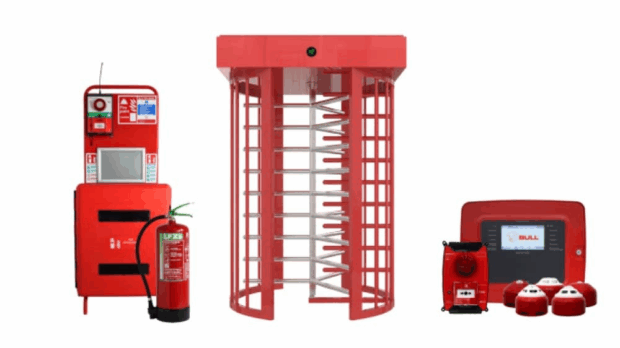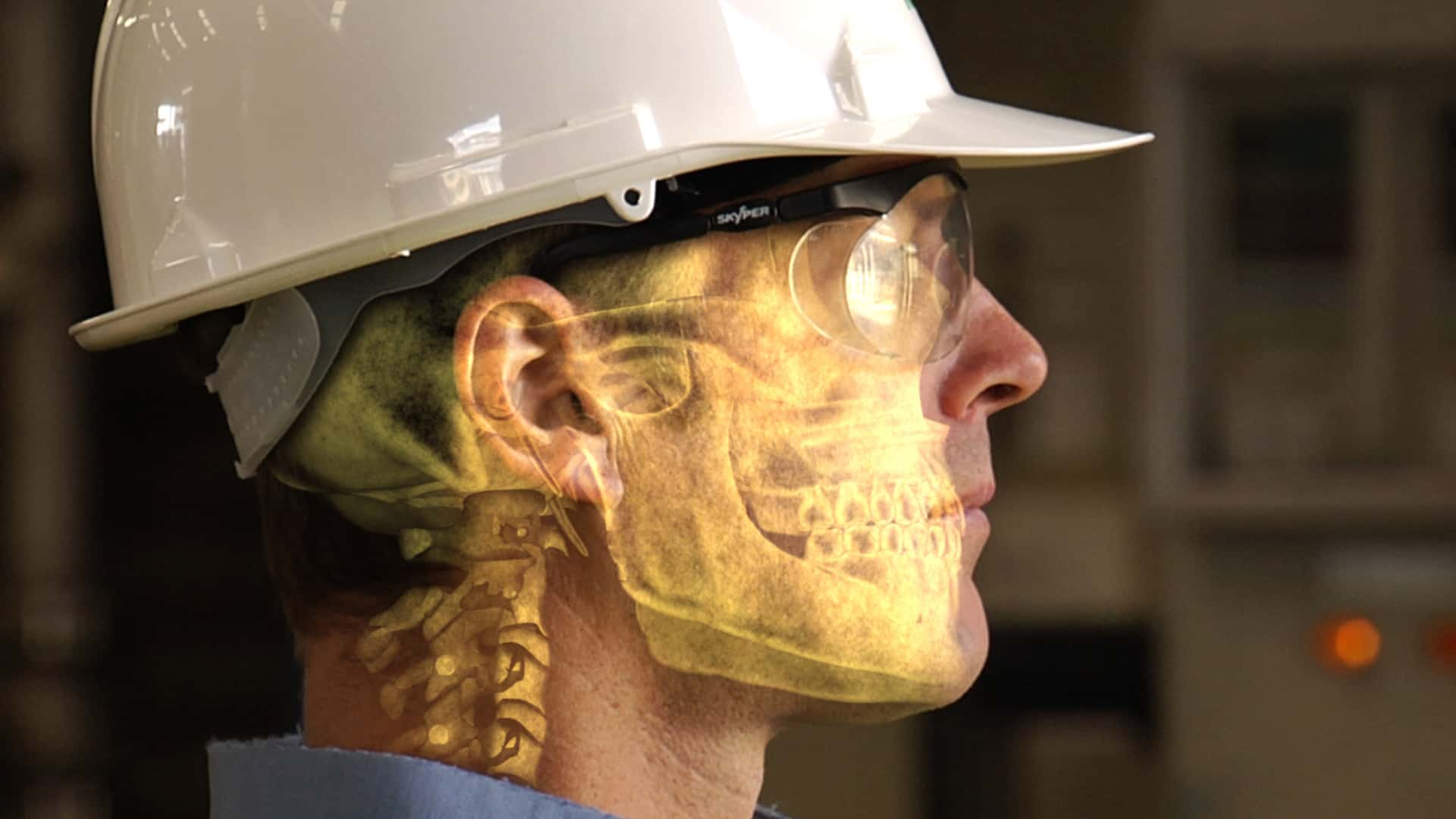The Future of Training: Virtual Reality for Health and Safety Education.In an age where technological advancement is reshaping every corner of industry, one of the most transformative tools emerging in education and professional development is Virtual Reality (VR). Once reserved for gaming and entertainment, VR is now revolutionizing health and safety training, offering new dimensions of immersion, realism, and impact that traditional methods simply can’t match. With the stakes often involving human lives, this shift is both timely and necessary.
Why Traditional Training Falls Short
Conventional safety training—whether through lectures, manuals, or videos—has long been the industry standard. While these methods provide foundational knowledge, they lack interactivity and fail to replicate the sensory and emotional intensity of real-life emergencies.
Additionally, high-risk scenarios like chemical spills, fire evacuations, or surgical complications can’t be practiced repeatedly in real-world settings without risk or massive cost. The absence of true hands-on experience can leave trainees underprepared when facing actual emergencies.
Enter Virtual Reality: A Game-Changer in Training
Virtual Reality bridges the gap between theoretical instruction and real-world application. Using headsets and motion-tracking equipment, trainees can immerse themselves in lifelike, fully interactive environments, experiencing the consequences of their decisions in real time—without endangering themselves or others.
VR creates safe yet realistic environments where users can:
Walk through a building fire and learn evacuation protocols.
Simulate complex surgeries in high-pressure hospital scenarios.
Practice chemical spill response in a manufacturing plant.
Handle violent or escalating situations in law enforcement or mental health care.
The Benefits of VR for Health and Safety Training
1. Immersive Learning Increases Retention
Studies have shown that VR-based training increases retention rates by up to 75%, compared to 10% for reading and 5% for lectures. Immersion helps the brain encode experiences as memories, making it more effective in emergency recall.
2. Risk-Free Mistake-Making
Trainees can make errors in a virtual world without real-world consequences. This not only reduces risk but also encourages experimentation and learning through trial and error.
3. Scalability and Consistency
VR modules can be replicated endlessly, ensuring that every employee receives standardized training, no matter where they’re located.
4. Data-Driven Feedback
VR systems can track eye movement, decision-making time, reaction to stress, and more—providing quantifiable metrics for assessment and improvement.
5. Cost-Effectiveness Over Time
While initial development can be expensive, the cost of maintaining VR training programs is lower in the long run, especially when factoring in savings from reduced accidents, travel costs, and downtime.
Real-World Applications: Who’s Using VR Now?
Several industries have already integrated VR into their safety training protocols:
Healthcare: Surgeons and nurses train in simulated operating rooms, handling rare complications and critical events.
Construction and Mining: Workers are trained in fall prevention, machinery safety, and emergency protocols.
Aviation: Pilots and ground crews use VR to practice crisis scenarios like engine failure or emergency landings.
Oil and Gas: High-pressure environments and hazardous material handling are simulated in immersive environments.
Emergency Services: Firefighters, police officers, and paramedics undergo realistic simulations to refine their split-second decision-making.
The Road Ahead: Challenges and Innovations
Despite its promise, VR is not without hurdles. Initial hardware costs, the need for content customization, and potential motion sickness are common concerns. However, rapid advancements in lightweight equipment, wireless headsets, and AI-driven adaptive simulations are helping address these issues.
The future may also see VR combined with augmented reality (AR), haptics, and biometric monitoring, creating even more responsive and personalized training experiences.
Conclusion
Virtual Reality is no longer a futuristic novelty—it is a vital training tool poised to reshape how industries approach health and safety education. By making high-risk simulations safer, more realistic, and more effective, VR is not just enhancing learning outcomes—it is saving lives.
As organizations embrace this technology, they’ll not only protect their workforce but also cultivate a safety culture built on confidence, preparedness, and innovation. The future of training is immersive, and it’s happening now.








